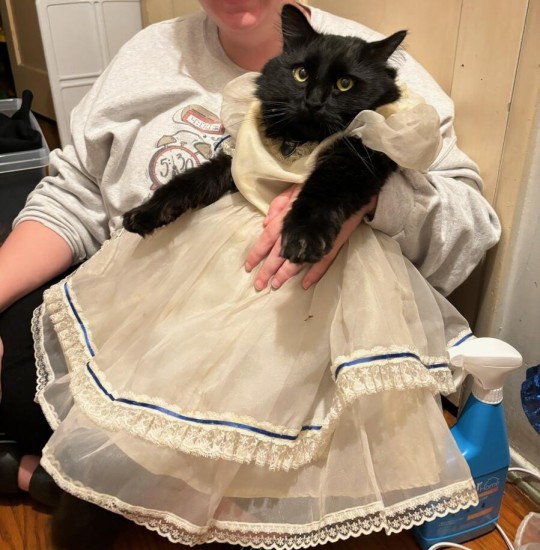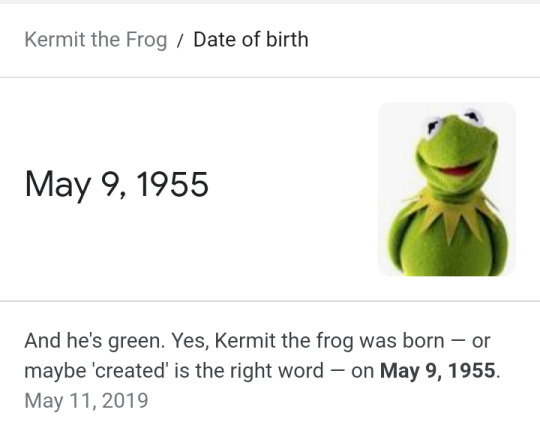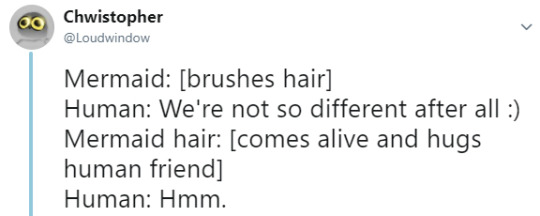Text
i know we're all sick of self-care being a marketing tactic now, but i don't think a lot of us have any other concept of self-care beyond what companies have tried to sell us, so i thought i'd share my favorite self-care hand out


brought to you by how mad i just got at a Target ad
184K notes
·
View notes
Text

Please reblog this picture of my beautiful son.
48K notes
·
View notes
Text
man this year is gonna be the year i either die or become someone else i dont know which one maybe both
137K notes
·
View notes
Text
hey, don’t cry. one half flour one half yogurt knead into dough and fry for easy flatbread and dip in balsamic vinegar, okay?
139K notes
·
View notes
Text

It seems that your cheap phones are not a god given right but actually a luxury sustained by imperialist inequality after all. Mirá vos.
41K notes
·
View notes
Text

Shut up m'dudes, it's a national holiday
107K notes
·
View notes
Text
*very suspicious squinting*

Skepticism activated

So it's not a dire wolf (which are not very related to gray wolves at all), it's a gray wolf with 14 modified genes.
Like yes, the technology is cool and the advances impressive, but these claims of de-extinction are so fucking overhyped and in this case an outright lie that it makes me want to bite something
5K notes
·
View notes
Text

HAPPY ROMAN BREAD DAY Y’ALL!!!!!!!
2K notes
·
View notes
Text

just wanted to share the National Down Syndrome Society’s message for this year’s World Down Syndrome Day (21st March) 💛💙
82K notes
·
View notes
Text
"im tired of living through major historical events" is now "dear lord please let me witness a high profile political assassination in the next 1-2 years. amen"
136K notes
·
View notes










